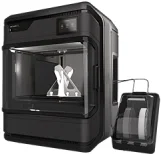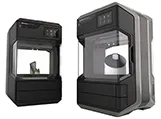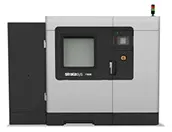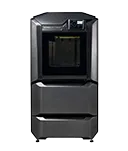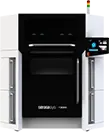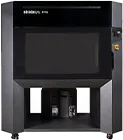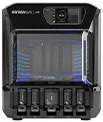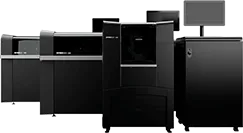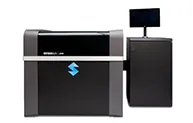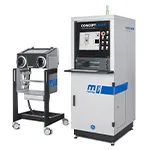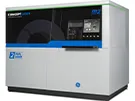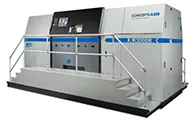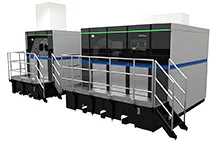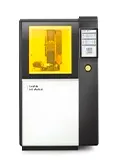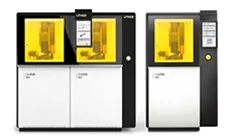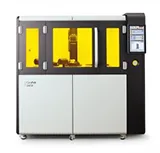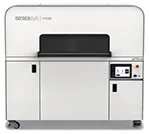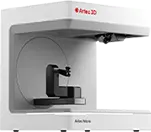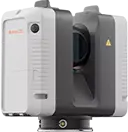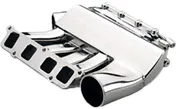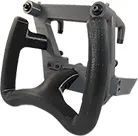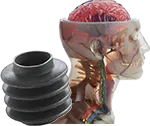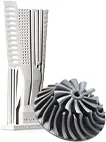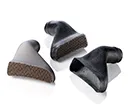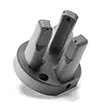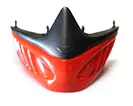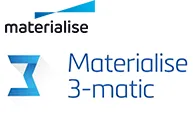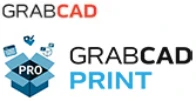In the evolving world of architecture, new technologies continually emerge to transform the way architects view and approach their craft. One such technology, 3D printing, has significantly impacted the architectural sector by revolutionising the way professionals create and present their designs. In this blog, we explore the innovative applications of 3D printing in architecture and consider how Objective3D’s solutions are paving the way for new advancements in the industry.
Thanks to its versatile and efficient manufacturing capabilities, 3D printing has become an essential tool for architects. This technology enables professionals to easily create highly accurate scale models of their designs, streamlining the design review process and improving overall project communication with clients and stakeholders. Moreover, the faster development cycles and cost-effective solutions provided by 3D printing facilitate an iterative design approach, allowing architects to experiment with new ideas and refine their concepts on a whole new level.
But the impact on architectural models is merely the tip of the iceberg. With advances in 3D printing and scanning technology, architects are now integrating these tools into various aspects of their design process, from initial concept development to project presentation and final execution. As a market leader in 3D printing and scanning solutions, Objective3D plays a critical role in fostering innovation within the architectural sector, providing industry-leading products that help architects explore new frontiers, redefine their creative boundaries, and meet the ever-evolving needs of their clients.
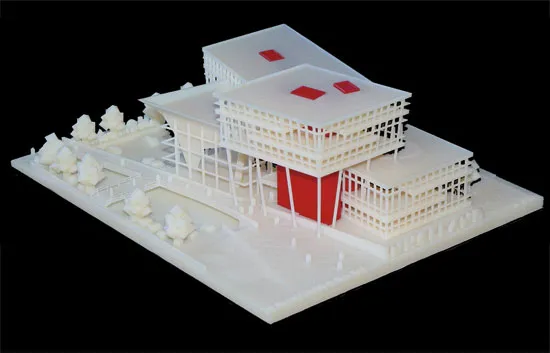
Accurate, Detailed Architectural Models with 3D Printing
In the past, creating physical architectural models was a highly labour-intensive and time-consuming process, requiring meticulous manual work and the use of hard materials such as foam, wood, or metal. With the advent of 3D printing technology, architects can now produce intricate, accurate models quickly and efficiently. By turning digital designs into tangible, three-dimensional representations, architects can better visualise and evaluate their projects, ensuring the highest level of precision and reliability.
3D-printed architectural models offer numerous advantages over traditional methods, including greater detail, ease of assembly, and reduced production time. Furthermore, these models can be updated or modified with far less effort; for instance, 3D-printed components can be swapped out to reflect design changes or showcase alternative structural or aesthetic options.
Streamlined Workflow and Faster Iterations
One of the key benefits of 3D printing for architects is the technology’s ability to streamline workflow and accelerate the iterative design process. By enabling architects to prototype and test their concepts quickly, 3D printing reduces the time and resources required to finalise a project. Architects can easily make alterations to their digital designs, reprint parts of the model, and evaluate alternative solutions in a fraction of the time it would take using conventional techniques.
This streamlined approach fosters a more creative and flexible design process, encouraging architects to explore innovative ideas without being limited by manual modelling constraints. Consequently, this technology not only accelerates project timelines but also promotes advancements in architectural design by enabling professionals to experiment more freely with unconventional concepts and materials.
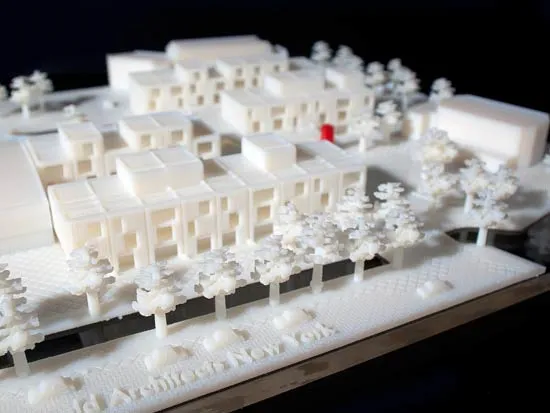
Enhanced Communication and Presentation
The ability to create accurate, physical representations of architectural concepts also enables architects to improve communication with clients, stakeholders, and construction teams. A tangible 3D model provides a clear, detailed visualisation of the project, allowing for easy collaboration, a better understanding of design intent, and a more compelling presentation of the planned structure.
Integrating 3D printed models with Virtual Reality (VR) and Augmented Reality (AR) technology adds another dimension to architectural presentations. These immersive technologies offer clients the opportunity to experience the design at full scale, providing valuable insights and fostering informed decision-making. With the help of Objective3D’s state-of-the-art 3D printers and 3D scanners, architects can translate their digital designs into physical structures and use VR or AR solutions to create engaging, interactive walkthroughs of their projects.
Advanced Materials and New Design Possibilities
As the capabilities of 3D printing technology continue to expand, architects are also exploring the use of advanced, unconventional materials for both scaling modelling and actual construction. Research into materials such as biodegradable, recycled, or conductive filaments is on the rise, unlocking new possibilities for sustainable architecture and further solidifying 3D printing’s relevance in the industry.
Advancements in 3D printing technology, such as large-scale printing or printing with concrete, have the potential to revolutionise the construction sector in the near future. These emerging technologies present exciting opportunities for architects to harness the power of 3D printing directly in constructing buildings, reducing costs, speeding up construction timelines, and exploring cutting-edge design aesthetics.
Conclusion: Embracing 3D Printing to Shape the Architecture of Tomorrow
As the architectural industry pivots towards innovative, efficient, and environmentally conscious designs, 3D printing technology has emerged as a pivotal force in driving these changes. Objective3D, as the leading provider of 3D Printer and 3D Scanner Solutions in Australia and New Zealand, supports architectural professionals in their journey towards embracing modern design practices, offering top-tier products designed to meet the unique challenges of this dynamic industry.
From accurate architectural modelling to efficient design iteration, enhanced communication and presentation, and the potential to create groundbreaking constructions, 3D printing technology is revolutionising the world of architecture. With Objective3D’s cutting-edge solutions, architects can push the boundaries of design and create the built environment of the future, leaving a lasting impact on our skylines, urban landscapes, and the lives of those who inhabit them.
Objective3D, as Australia and New Zealand’s leading provider of Stratasys, GE Additive, Lithoz and Artec 3D Printer and 3D Scanner Solutions, is at the forefront of this exciting upheaval. The 3D manufacturer offers state-of-the-art technology that empowers architects to push the boundaries of design, modelling and visualisation. Contact Objective3D to learn more.




